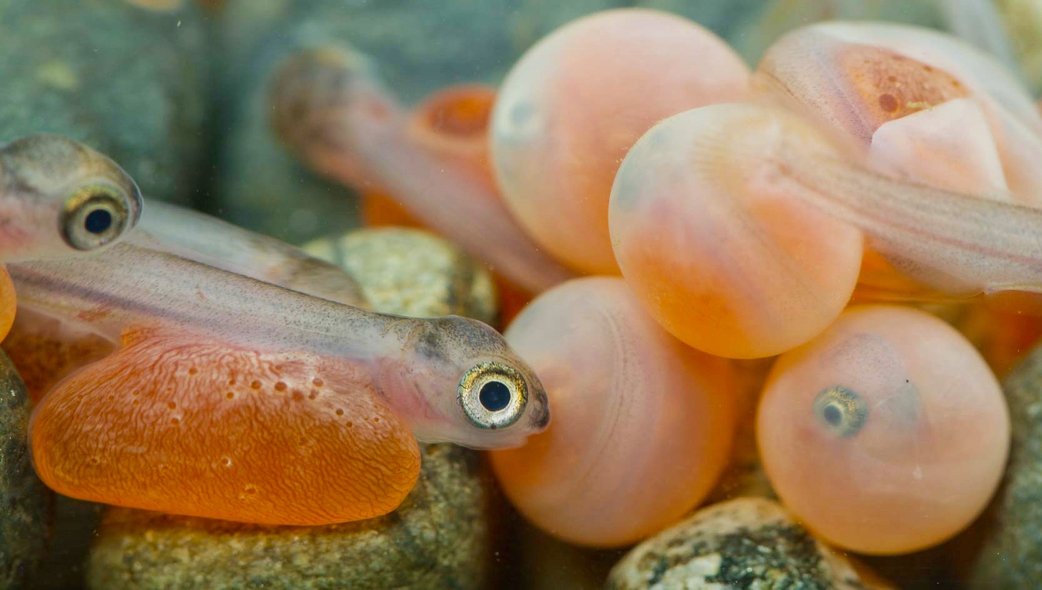Replanting
Our replanting practices are meticulously planned to account for the soil type and health, as well as the preferred species for each area. In doing so, we ensure that the new trees are well-suited to thrive in their environment. We carefully select and plant 3 to 5-year-old trees, considering their growth potential and resilience. While nature naturally regenerates and plants plenty of her own trees, our deliberate efforts help accelerate the regeneration process and contribute to sustainable forestry practices.
No Herbicide or Pesticide
We take pride in our eco-friendly practices on Makah land that includes refraining from using herbicides or pesticides. Our high rain fall and healthy soil leads to rapidly and densely growing trees that outcompeting much of the understory vegetation. The resurgence of the understory primarily consists of native species, showcasing our commitment to preserving the natural ecosystem.
Thinning
We adhere to a unique approach by conducting thinning around 14 to 16 years post-planting, slightly deviating from the usual industry timeline. This adjustment is a result of our deep understanding of the land's characteristics; our soil is fertile and moist, fostering rapid tree growth. Consequently, our trees thrive, facing reduced threats from pests and diseases. Fire prevention is another benefit from this crucial step. This opportune moment allows us to customize the thinning process to favor specific tree species and select only the most robust and vigorous trees for preservation.
Leaving biomass
When we thin or log our forest, we prioritize sustainability by actively avoiding the burning of leftover biomass. Instead of creating extensive burning piles, we leverage the richness of our soil, abundant with essential bacteria and fungi. These microorganisms efficiently break down the biomass, transforming it into vital nutrients that nourish the soil and foster the growth of future trees. This approach underscores our commitment to environmental responsibility and long-term forest health.
Leaving Critical Trees
We make a conscious decision to maintain wider buffers surrounding our riparian zones than the minimum requirements dictate. This is driven by our deep understanding that our forests serve a greater purpose beyond mere timber production. By preserving the trees in these riparian areas, we play a crucial role in regulating the water temperature, a factor of utmost importance for the health and survival of salmon eggs.
Cut at 60 Years not 40
Our forest lands encompass just over 30,000 acres, providing us with ample opportunity to exceed industry standards. By doing so, we not only reap sustainable benefits but also gain a competitive edge with access to larger dimensions of trees that are increasingly challenging for customers to procure elsewhere.





